Flora
Flora
Museum of Contemporary Art Denver
1485 Delgany Street, Denver, CO 80202
September 20, 2019-April 5, 2020 (View a slideshow at the end of this review)
Curated by Nora Burnett Abrams
Admission: $10 ($5 after 5 p.m. Tuesday-Friday); College Students (with ID), Seniors 65+, and Military: $7 Teens and Children: Free
Review by Livy Snyder
The American-Swiss artist duo of Teresa Hubbard and Alexander Birchler, usually referred to as Hubbard / Birchler, offer a dip into the archive with their recent exhibition Flora at the Museum of Contemporary Art Denver. While exploring the scholarship of Swiss sculptor Alberto Giacometti, Hubbard / Birchler discovered much to their surprise the life and artwork of Flora Mayo hidden within a small footnote. Previously labeled as one of Giacometti’s lovers, Hubbard / Birchler’s Flora aims to expand the lost work and curious history of Mayo in a reconstruction of narrative space and time.
Teresa Hubbard / Alexander Birchler, Bust, 2017. Flora Mayo and Alberto Giacometti, with the bust she made of him, circa 1927. Photographer unknown. Original photograph belonging to Flora Mayo, kept under her mattress, lost. Film negative missing. Reproduction from only known duplicate print, archive of Fotostiftung Schweiz, Winterthur. Original clay bust portrait of Alberto Giacometti by Flora Mayo, lost. Reconstructed and cast in brass. Framed silver gelatin print 34 5/8 x 28 3/8 inches. Brass sculpture with concrete base 60 5/8 x 18 7/8 x 21 inches. Permanent Collection Los Angeles County Museum of Art, LACMA.
In 1927, an unknown photographer captured an image of the young artist Flora Mayo. It shows her seated next to her sculpted bust of Alberto Giacometti and Giacometti himself sits on the other side of his portrait in clay. The photograph is small, but it served as a jumping off point for Hubbard / Birchler and is the first artwork the viewer encounters when entering the exhibition.
Teresa Hubbard / Alexander Birchler, Bust, 2017. Flora Mayo and Alberto Giacometti, with the bust she made of him, circa 1927. Photographer unknown. Original photograph belonging to Flora Mayo, kept under her mattress, lost. Film negative missing. Reproduction from only known duplicate print, archive of Fotostiftung Schweiz, Winterthur. Original clay bust portrait of Alberto Giacometti by Flora Mayo, lost. Reconstructed and cast in brass. Framed silver gelatin print 34 5/8 x 28 3/8 inches. Brass sculpture with concrete base 60 5/8 x 18 7/8 x 21 inches. Permanent Collection Los Angeles County Museum of Art, LACMA. Image by Wes Magyar.
Also displayed in the first room of the exhibition is a physical copy of the portrait bust that Mayo created. It stands alone, off-center, and balanced on a pedestal. The calm appearance of Giacometti’s face combined with the intense texture of its surface invites the viewer to gaze at length.
Teresa Hubbard / Alexander Birchler, Archive, Flora Luella Lewis Mayo, 2019. Works by the artists in juxtaposition with various loans. Iteration at the Museum of Contemporary Art, Denver with loans from David Mayo and the History Colorado Collection. Foreground: Flora Mayo, Self Portrait, cast plaster with wooden base, date unknown but most likely 1928 or earlier. Courtesy the Artists, Tanya Bonakdar Gallery, New York / Los Angeles and Lora Reynolds Gallery, Austin. Image by Wes Magyar.
In the following room dozens of letters, books, newspaper clippings, and photographs are encased in glass and act almost as artworks themselves. What becomes apparent is a serious lack of the artist’s own work, with the only original piece by Mayo in the exhibition being a self-portrait sculpture thought to be from 1928 or earlier. This work was discovered and successfully authenticated in 2019 by Hubbard / Birchler. All of the other items are archival and research materials gathered by Hubbard / Birchler under the title Archive, Flora Luella Lewis Mayo. The artist was born in Denver, and a timeline and newspaper stories recount how she left Colorado to study art in France.
Teresa Hubbard / Alexander Birchler, Archive, Flora Luella Lewis Mayo, 2019. Works by the artists in juxtaposition with various loans. Iteration at the Museum of Contemporary Art, Denver with loans from David Mayo and the History Colorado Collection. Courtesy the Artists, Tanya Bonakdar Gallery, New York / Los Angeles and Lora Reynolds Gallery, Austin. Image by Wes Magyar.
It is revealed that Mayo’s oeuvre was in fact destroyed in Paris after she decided to return to the U.S. Rather than her artwork, the emphasis of the exhibition becomes instead the artistic narrative unearthed by Hubbard / Bircher by following the traces of evidence Mayo’s story left behind.
Teresa Hubbard / Alexander Birchler, Flora, 2017 (detail). Synchronized double-sided film installation with shared soundtrack, 30 minutes, loop. Permanent Collection Los Angeles County Museum of Art, LACMA.
The last and final artwork in the exhibition is a double-sided film installation. A large screen splits the room in two, forcing the viewer to choose which side they would like to experience first. On the one side is a re-enactment of Mayo in her Paris studio. Using excerpts of Mayo’s letters and diaries from the 1920’s to 1970’s, Hubbard / Birchler depict a hopeful, creative image of a young artist. On the other side of the screen, Hubbard / Birchler dive into conversations with Mayo’s son, David. The film captures David’s memories of his mother and brings to light the truth about her artistic career which was previously unknown to him. While this dialogue is touching, it takes time to process the weight of the narrative due to the somewhat banal aesthetic of this second film.
There are many reasons why this exhibition is of particular interest to a Denver audience. The Mayo family fortune originated from and then diminished in Denver. Hubbard and Birchler also decided to tailor the exhibition exclusively for the MCA Denver by presenting Archive, Flora Luella Lewis Mayo, 2019, which includes works on paper by Hubbard / Birchler in juxtaposition with loans from David Mayo and the History Colorado Collection (previously the exhibit appeared at the Venice Biennale and Los Angeles County Museum of Art, among other venues). This site-specific element appeals to a larger local audience who might relate to the cross hairs of the story as a whole.
Flora Mayo’s life deserves to be examined. The work by Hubbard / Birchler allows us to enter her world and understand the challenges she faced including biases against women, the sacrifices she made as a mother, and the lack of financial support she had for most of her life. The exhibition uncovers more about Mayo’s hardships ultimately rather than her aesthetics.
Hubbard / Birchler describe how the archive can reveal itself as an art form while admitting that some things will be lost forever. [1] Many of the questions Flora raises about Mayo’s life go unanswered in their work. This emptiness predisposes the exhibition to speculation and fictitious elements which Hubbard / Bircher embrace wholeheartedly in their film by using re-enactment.
The writer and critic Hal Foster describes the nature of archives as “found yet constructed, factual yet fictive, public yet private.” [2] However, this impetus to construct has the potential to override the purpose of Hubbard / Birchler in attempting to convey the life of a thwarted, nearly forgotten artist.
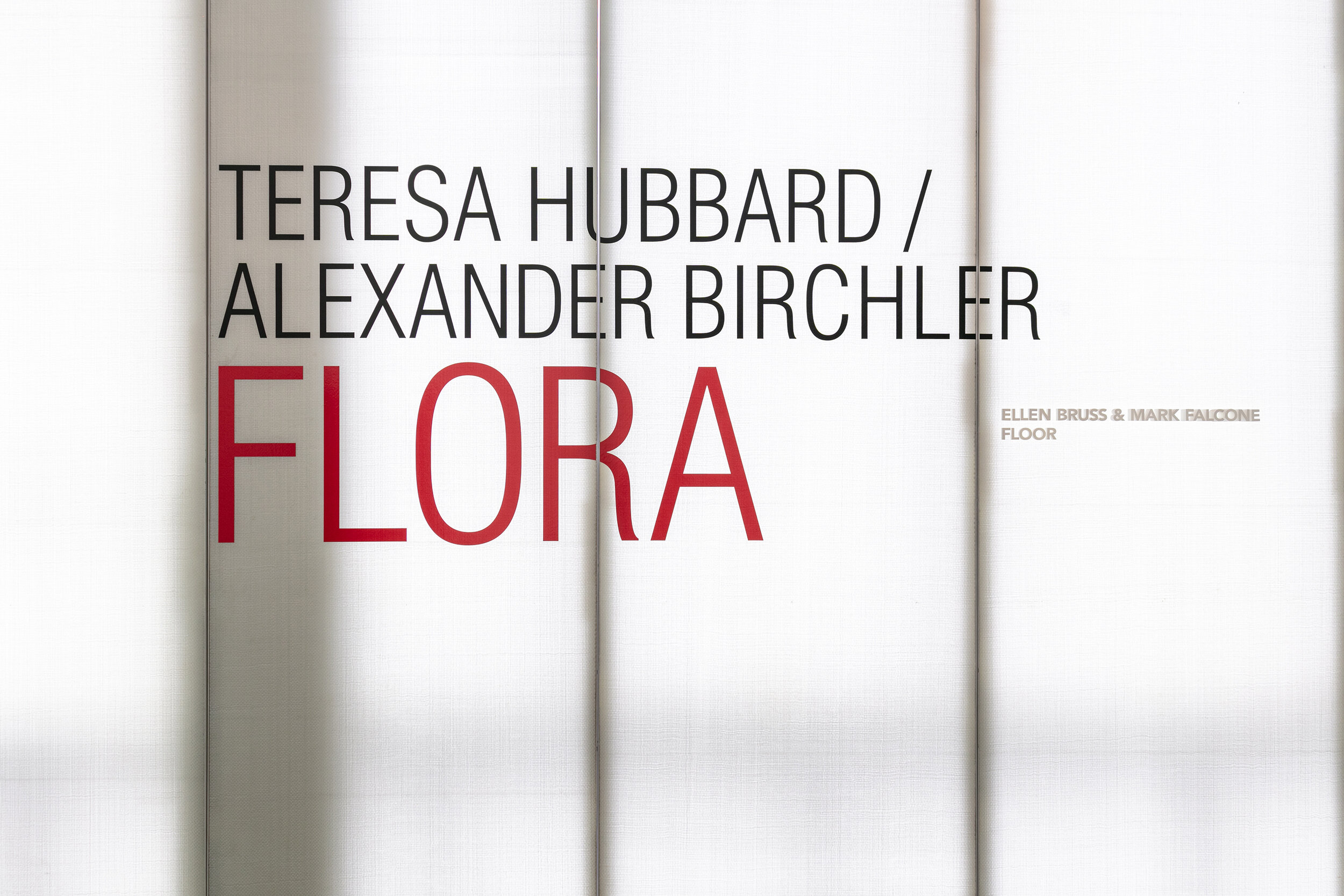
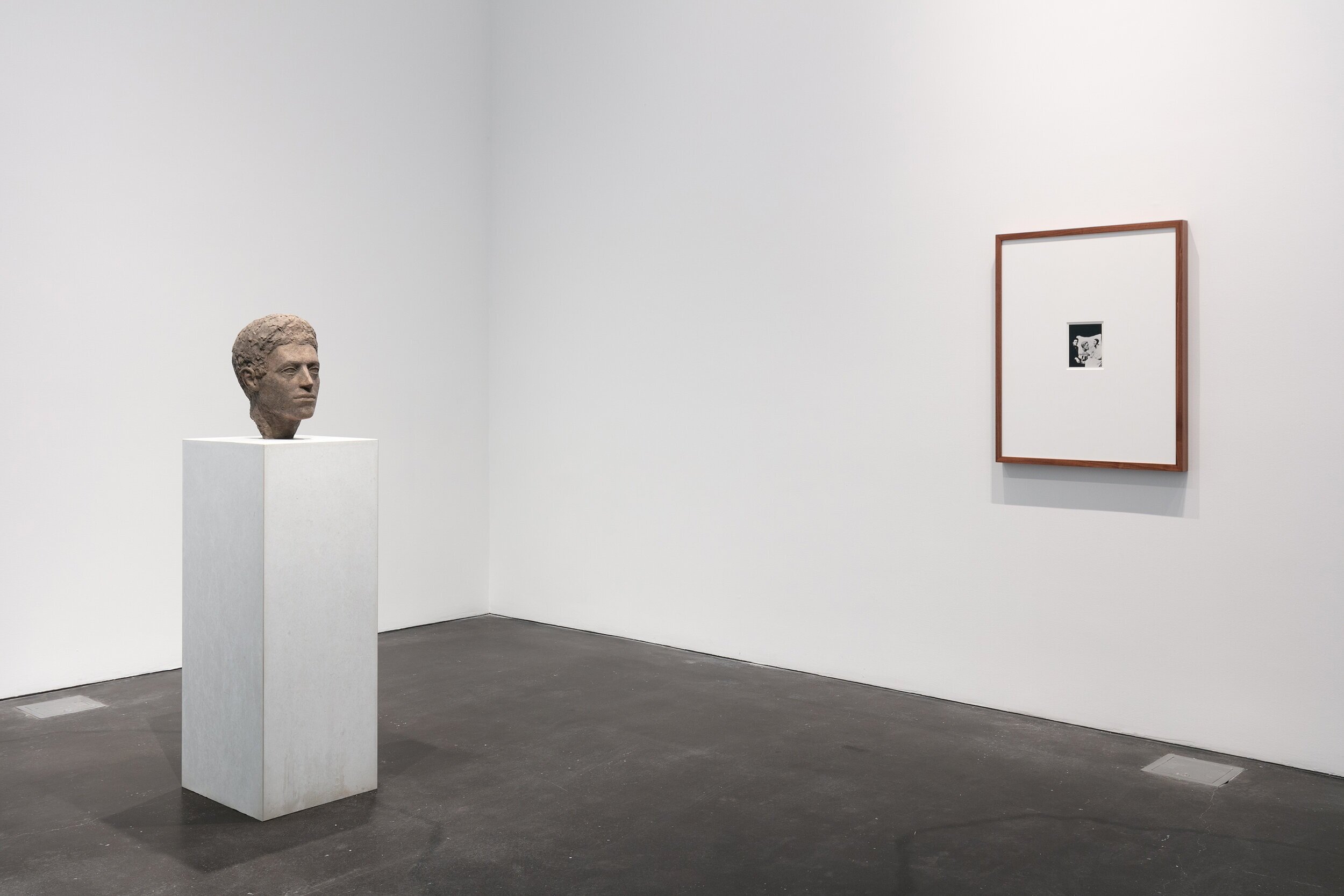
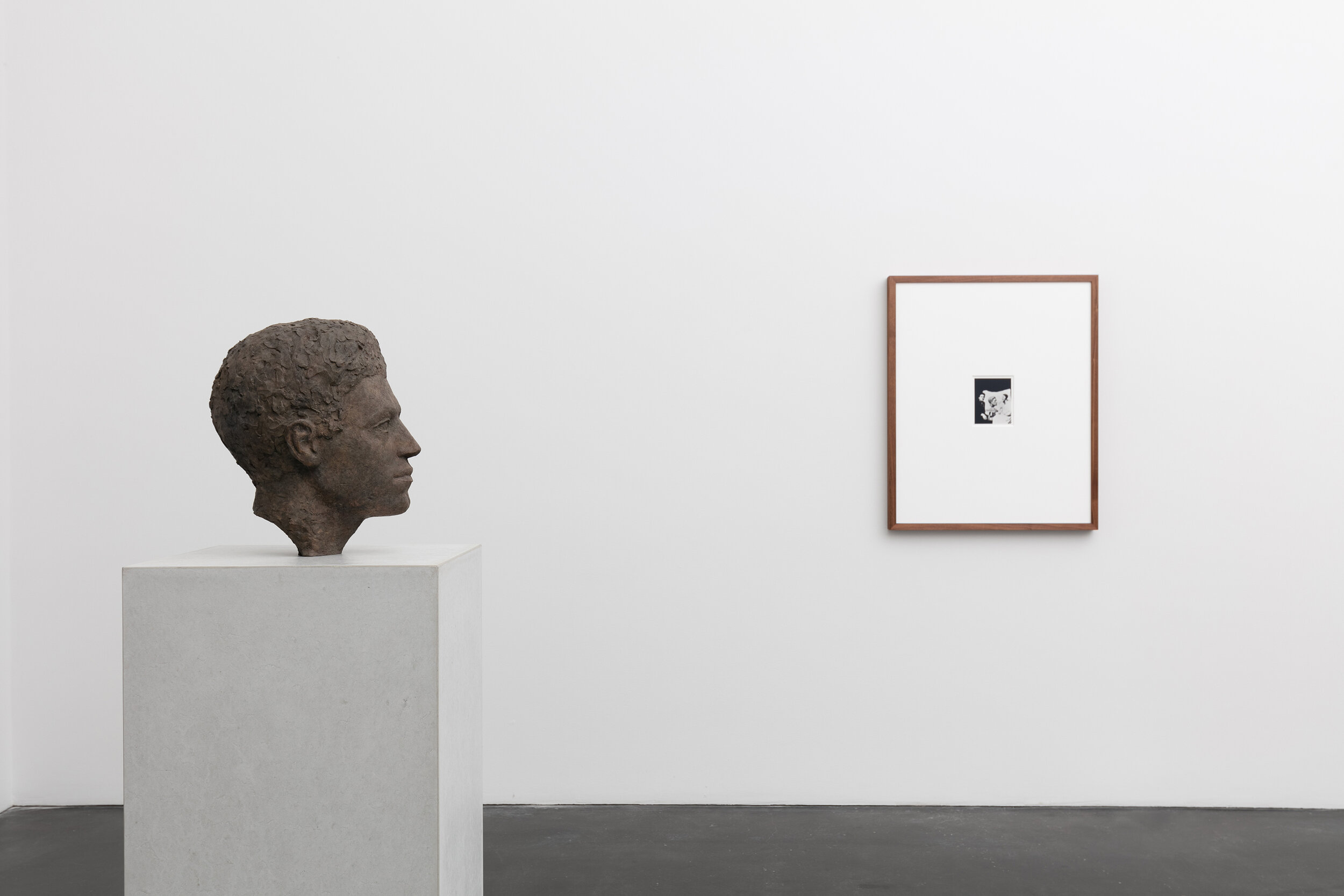
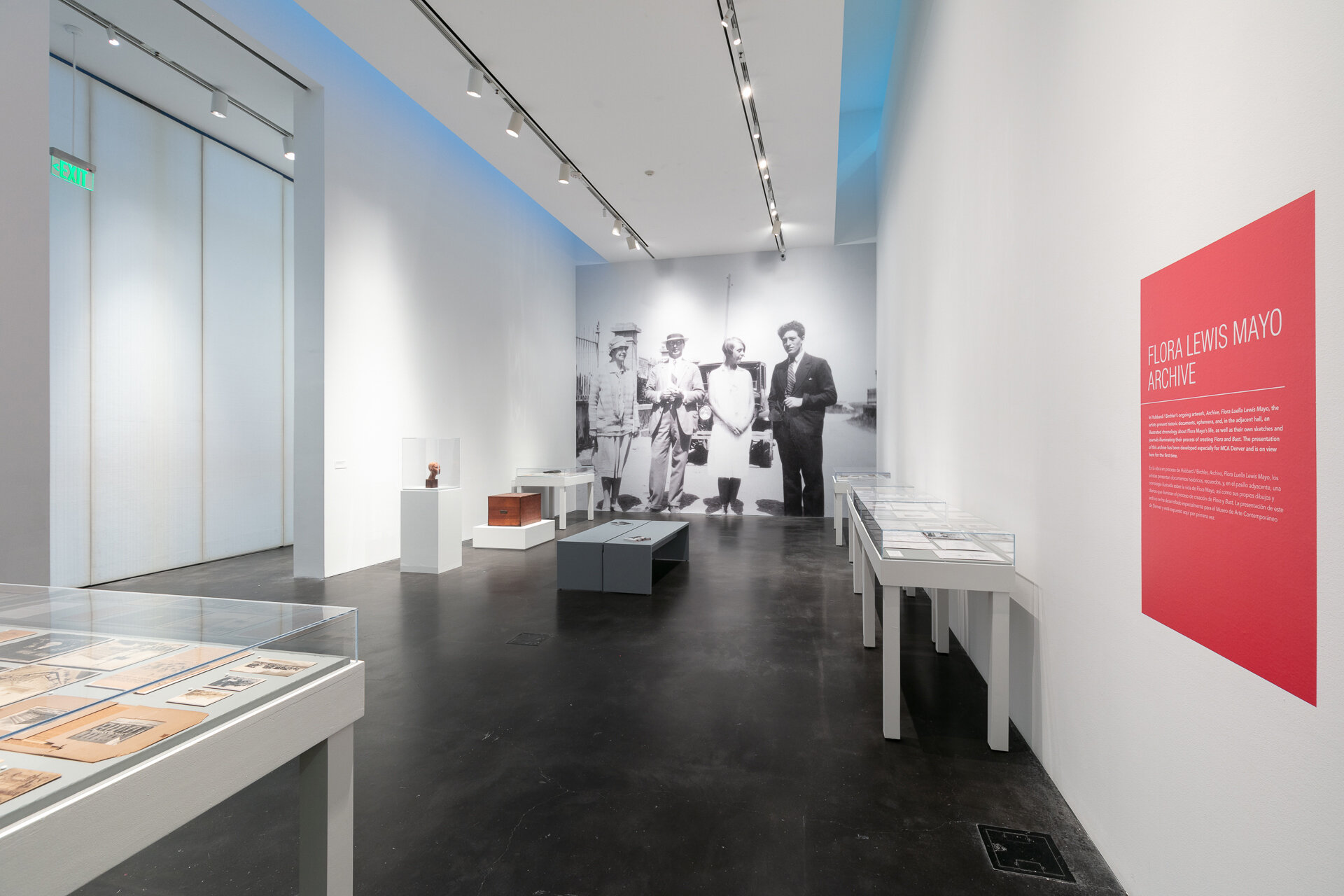
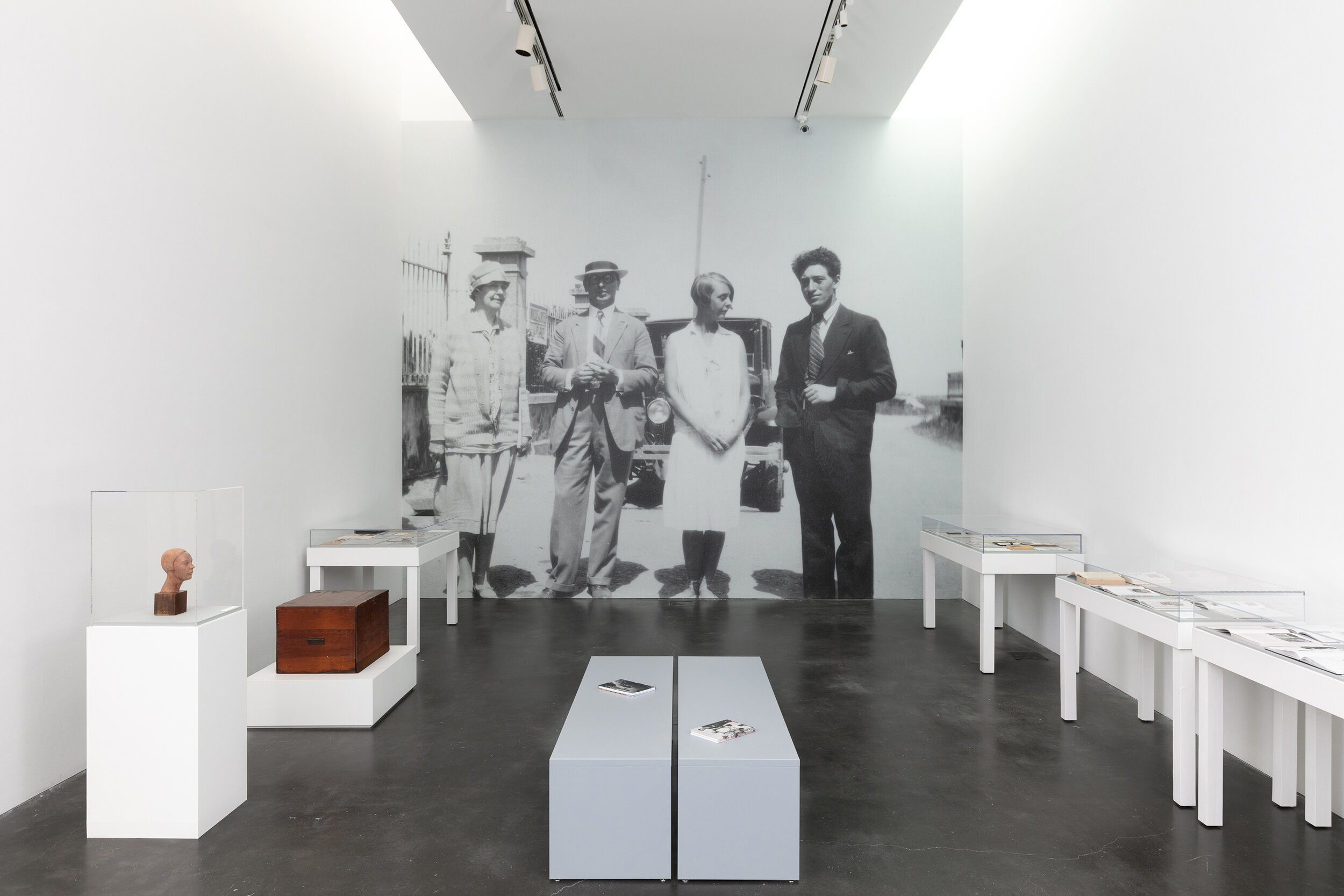
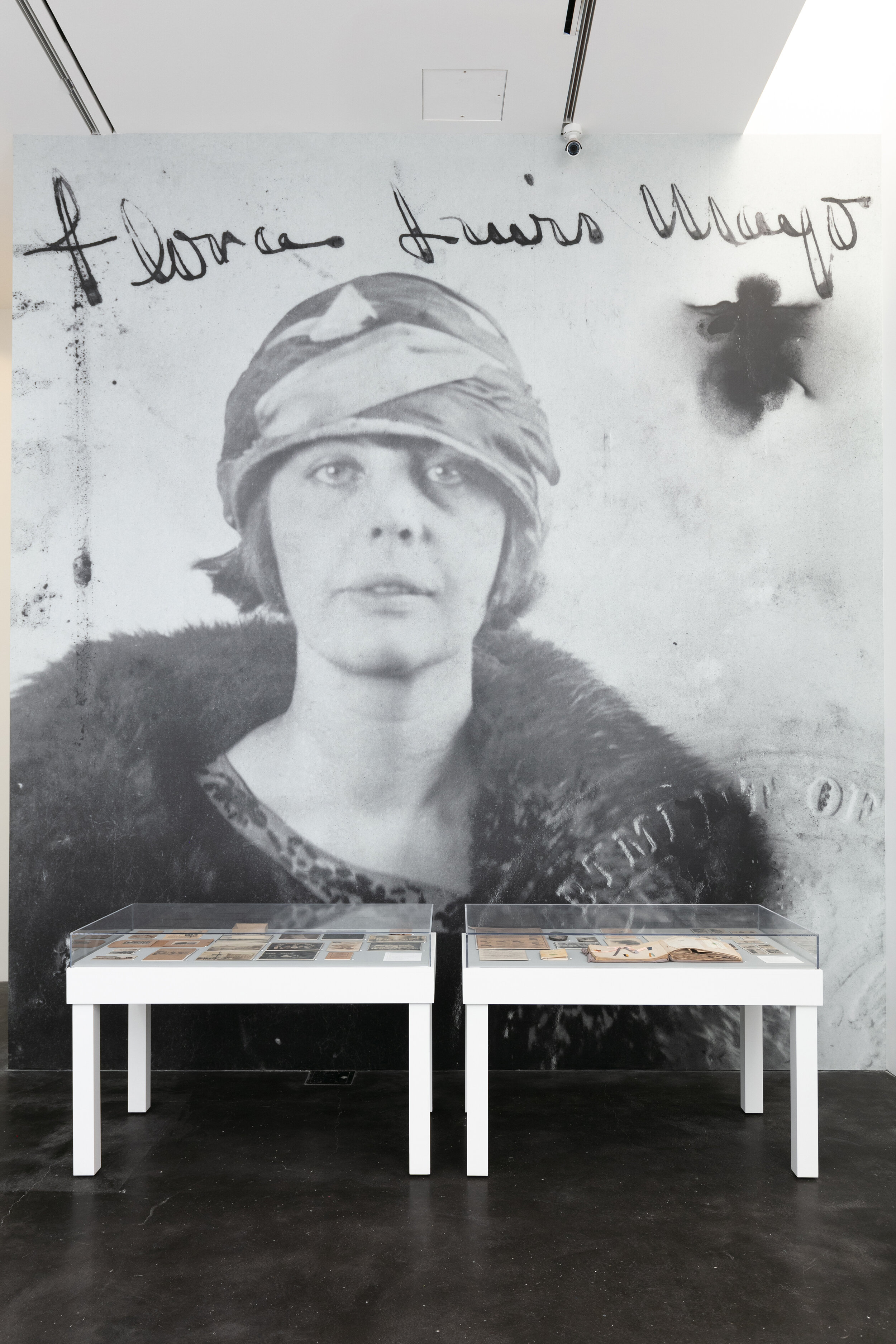
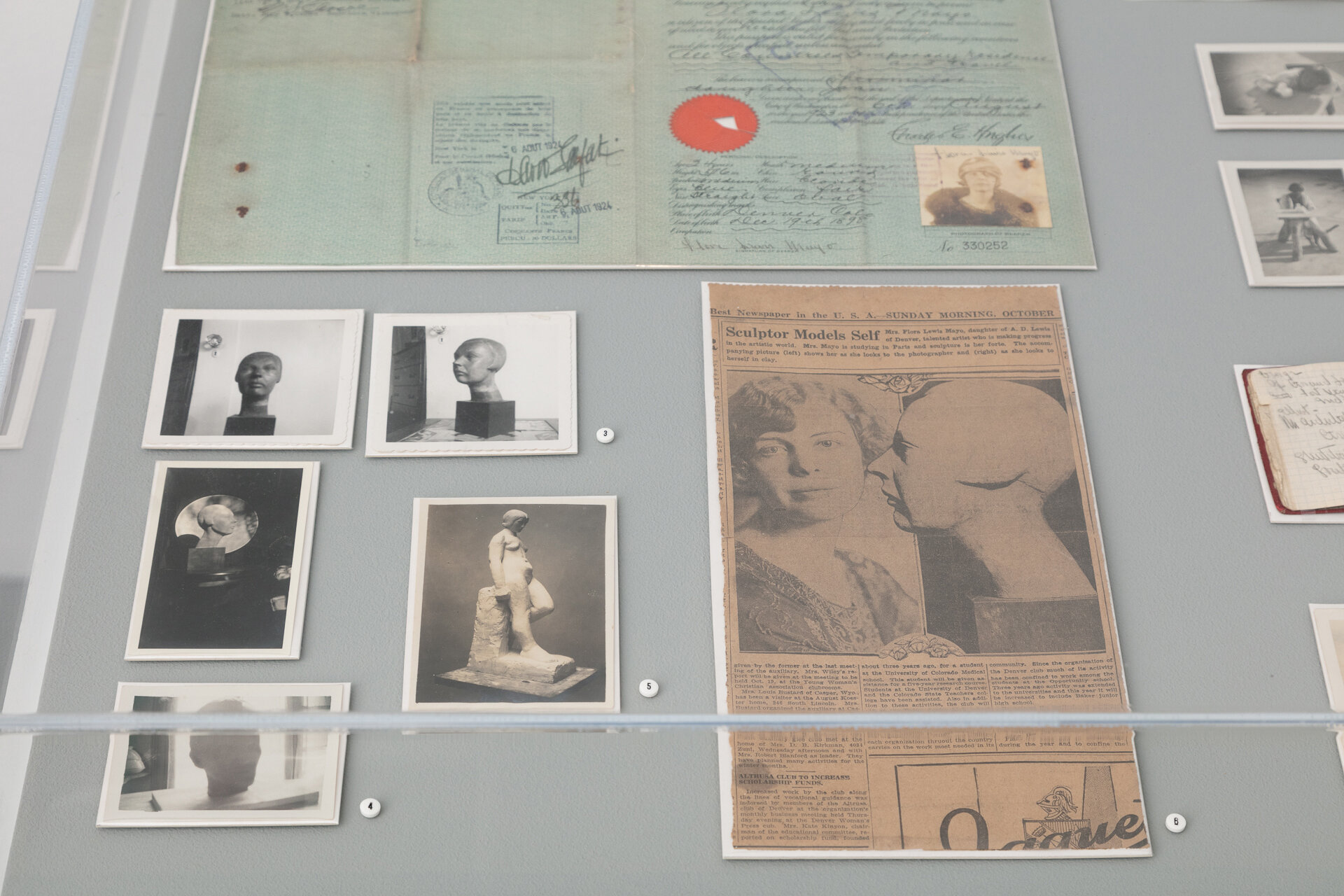
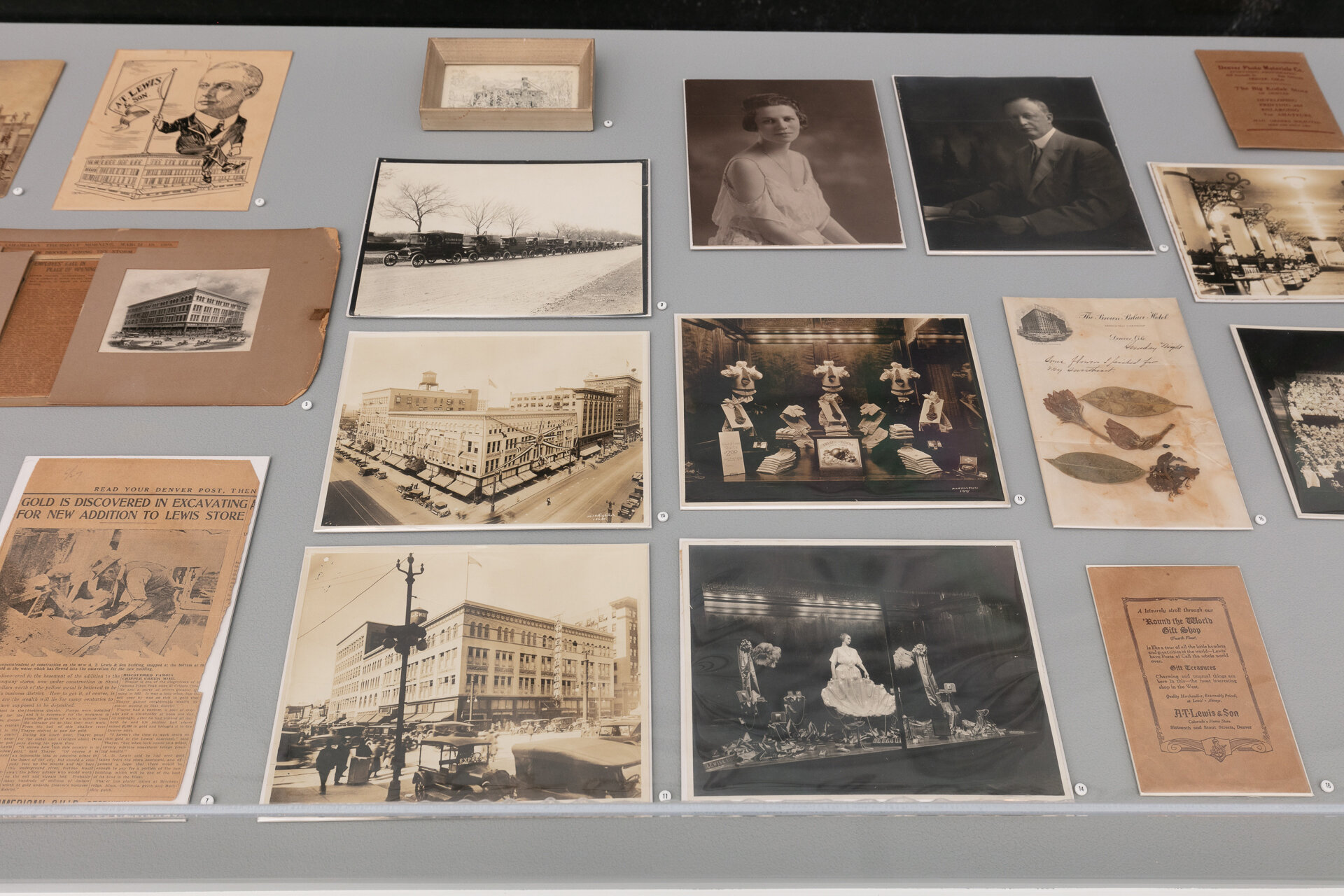
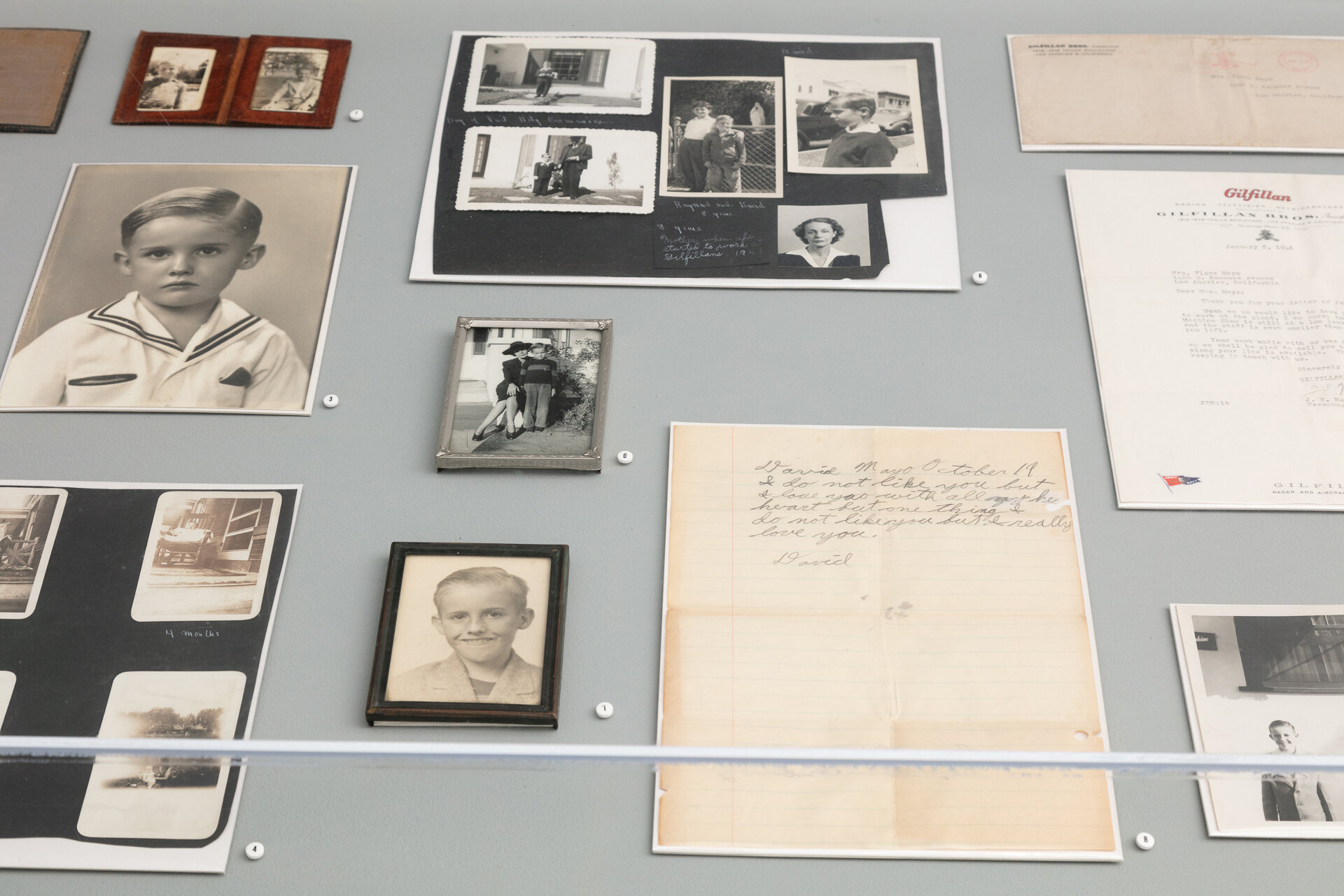
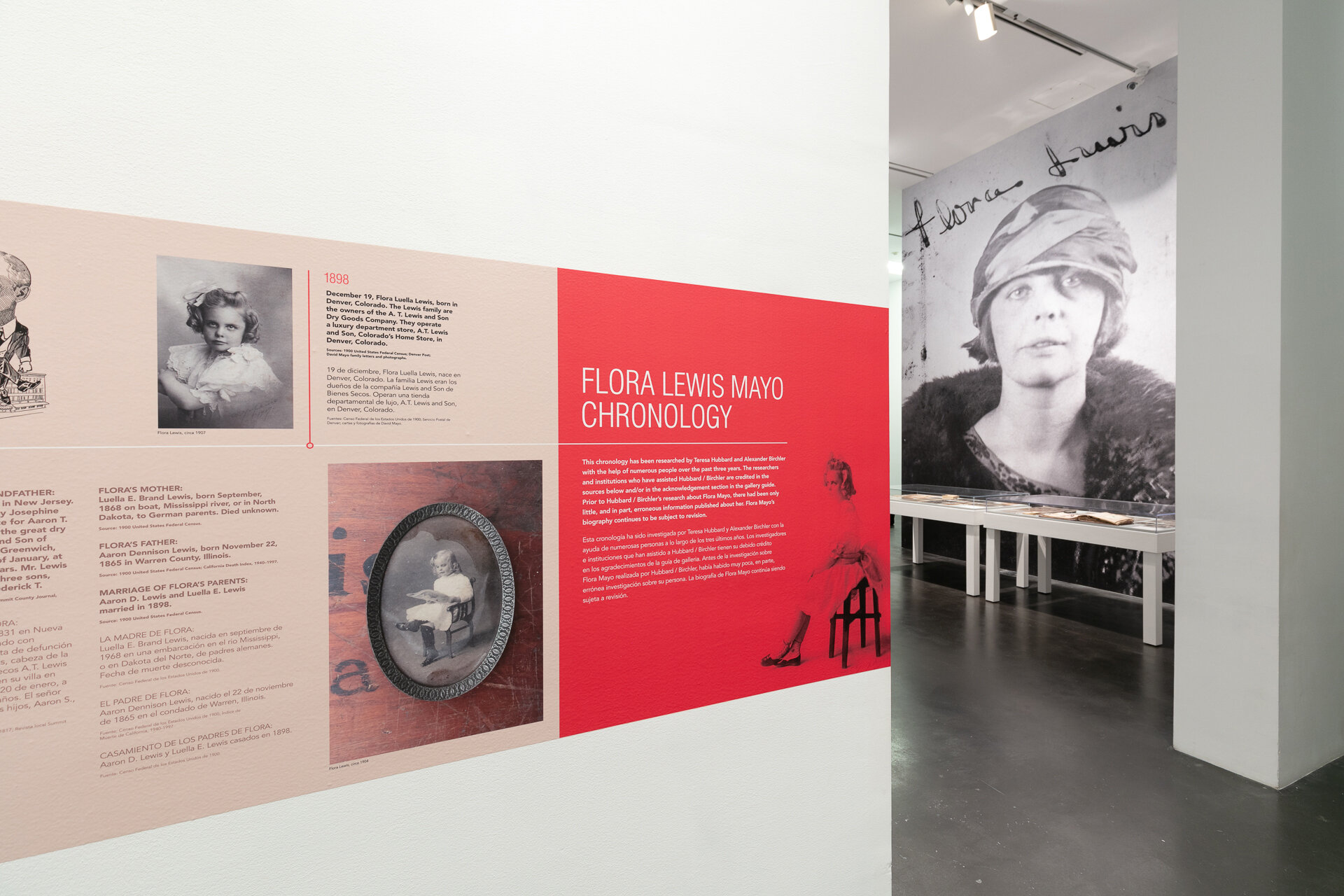
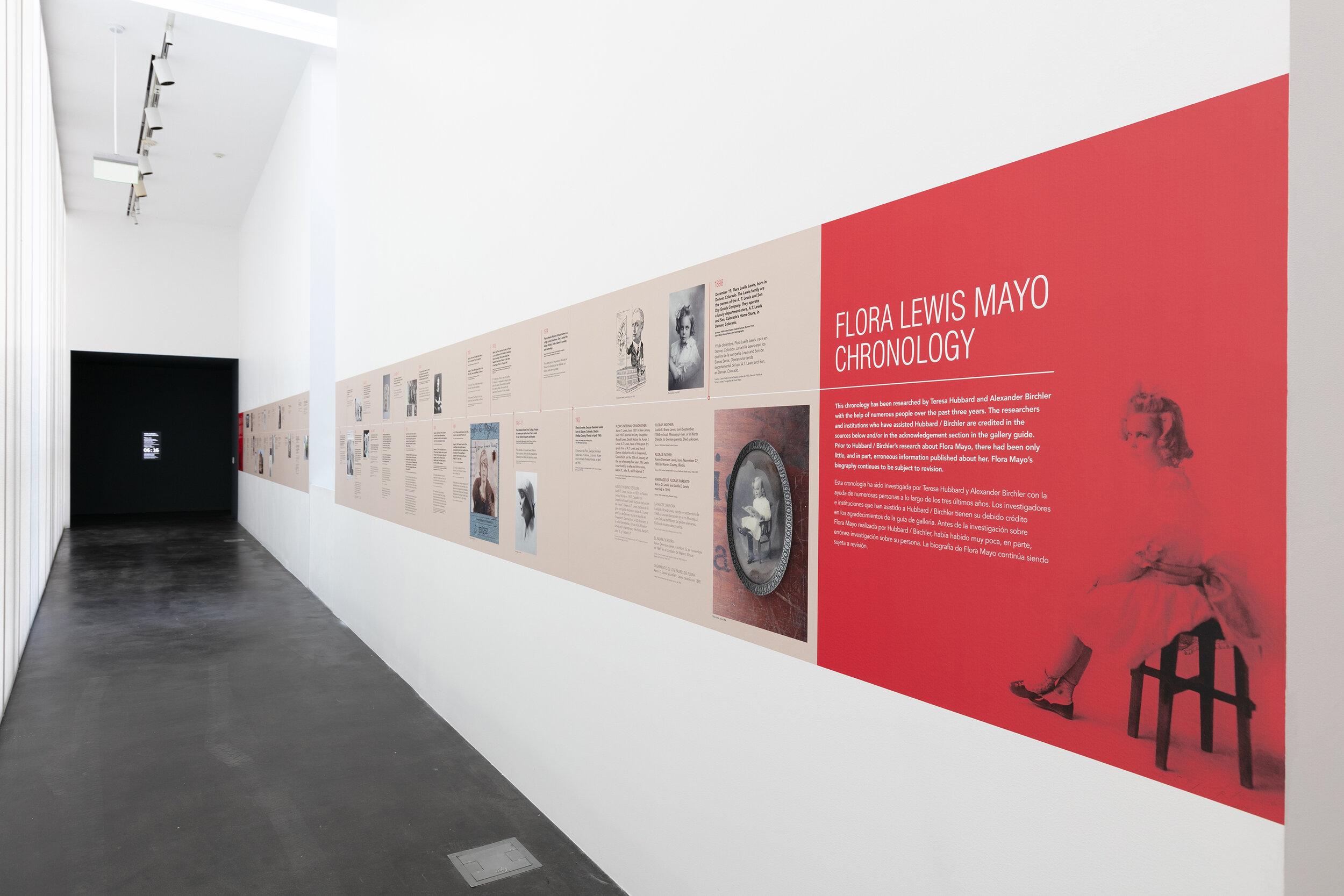
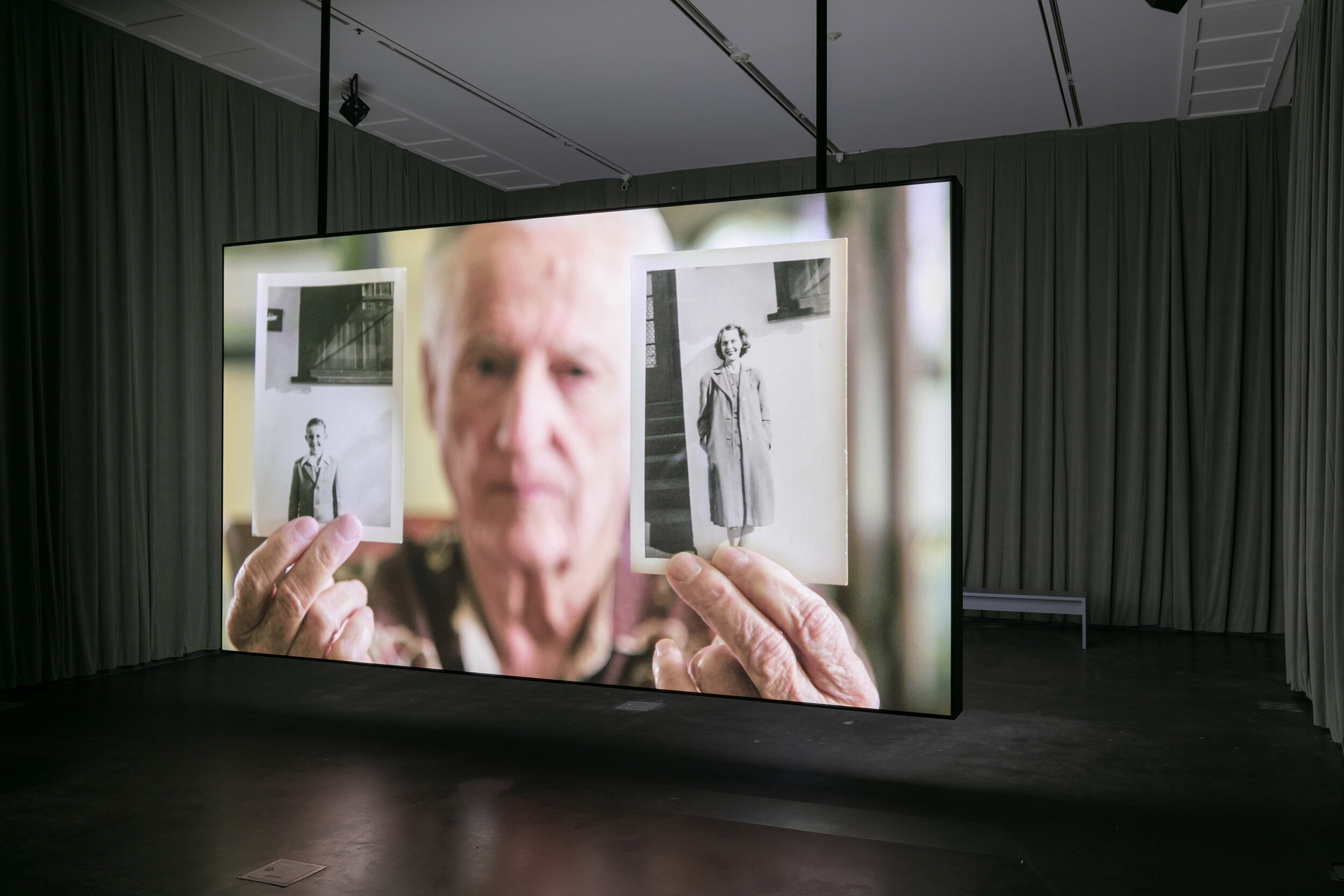
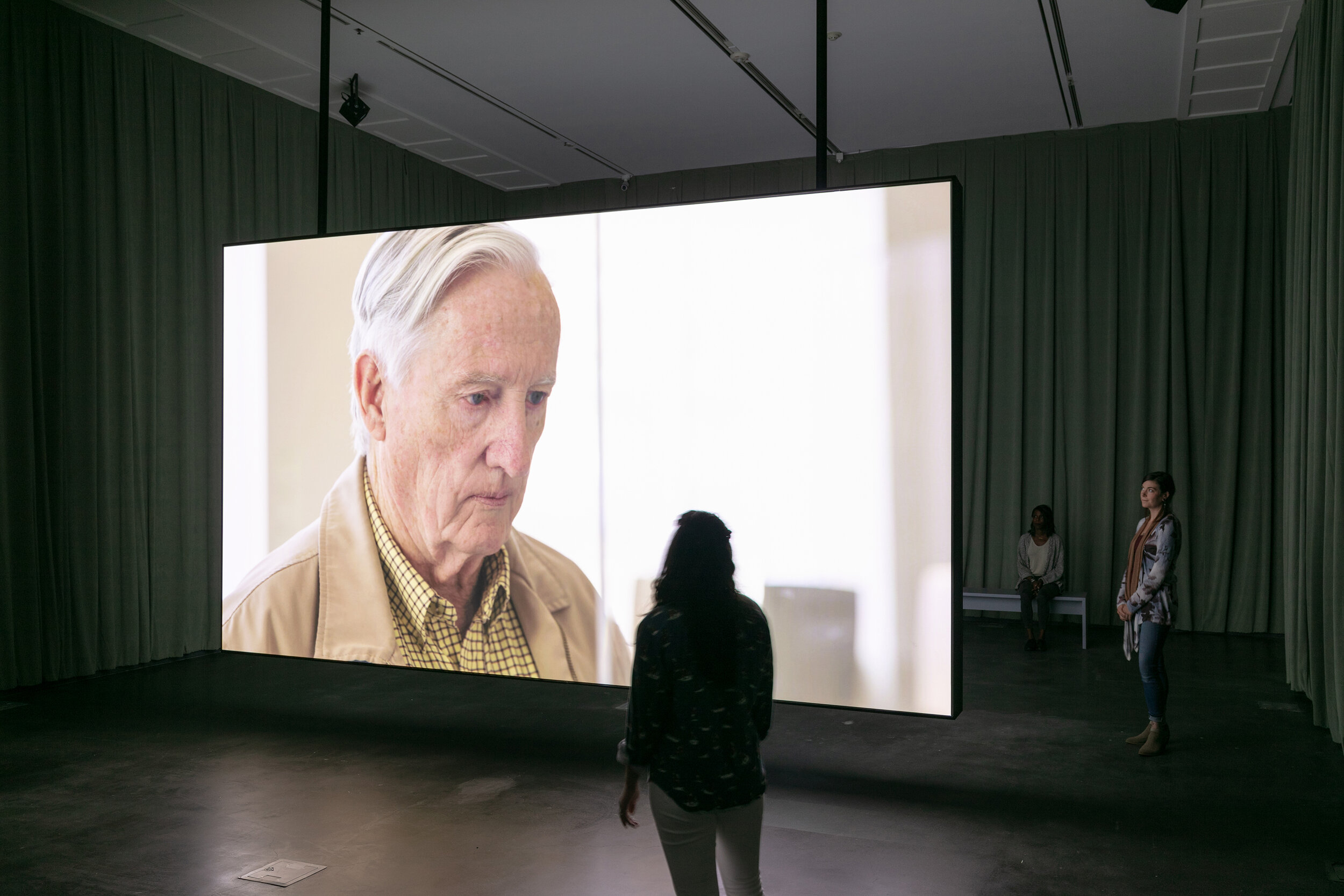
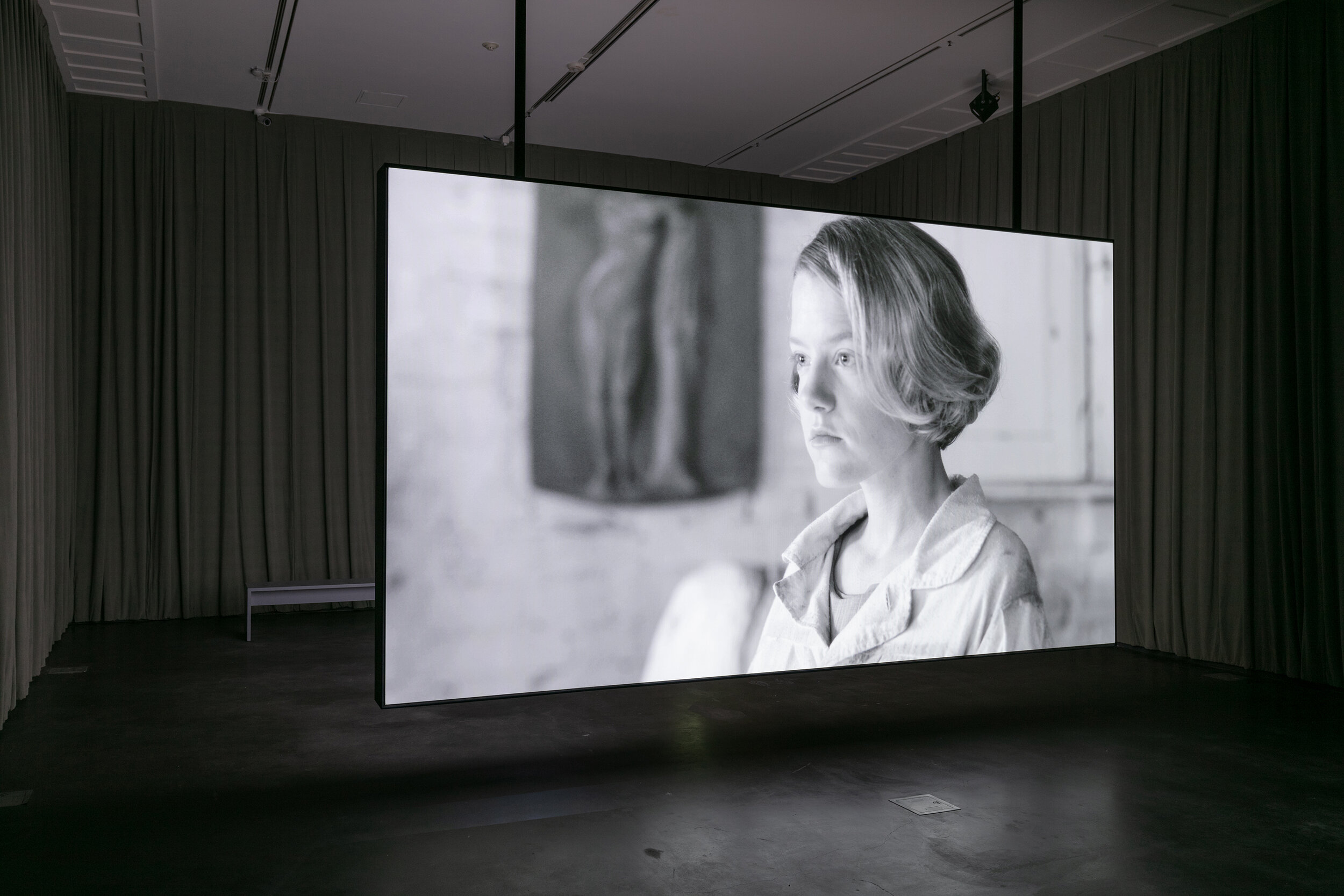
Documentation of Hubbard / Birchler’s exhibition Flora at the Museum of Contemporary Art Denver. Images by Wes Magyar.
Livy Onalee Snyder graduated with a BA in Art History and BFA in Painting and Drawing at CU Denver's College of Arts & Media. Her passion for Contemporary Art has translated into successful internships with the Peggy Guggenheim Museum in Venice, Italy, the Denver Art Museum, the Museum of Contemporary Art Denver, and Black Cube Nomadic Museum. She is currently working as a Curatorial Assistant to Denver Digerati.
[1] From the catalog Alberto Giacometti / Flora by Teresa Hubbard / Alexander Birchler (Lyons, France: FAGE éditions, 2019) 3.
[2] Hal Foster, “An Archival Impulse,” October, Fall 2004, p. 5.












